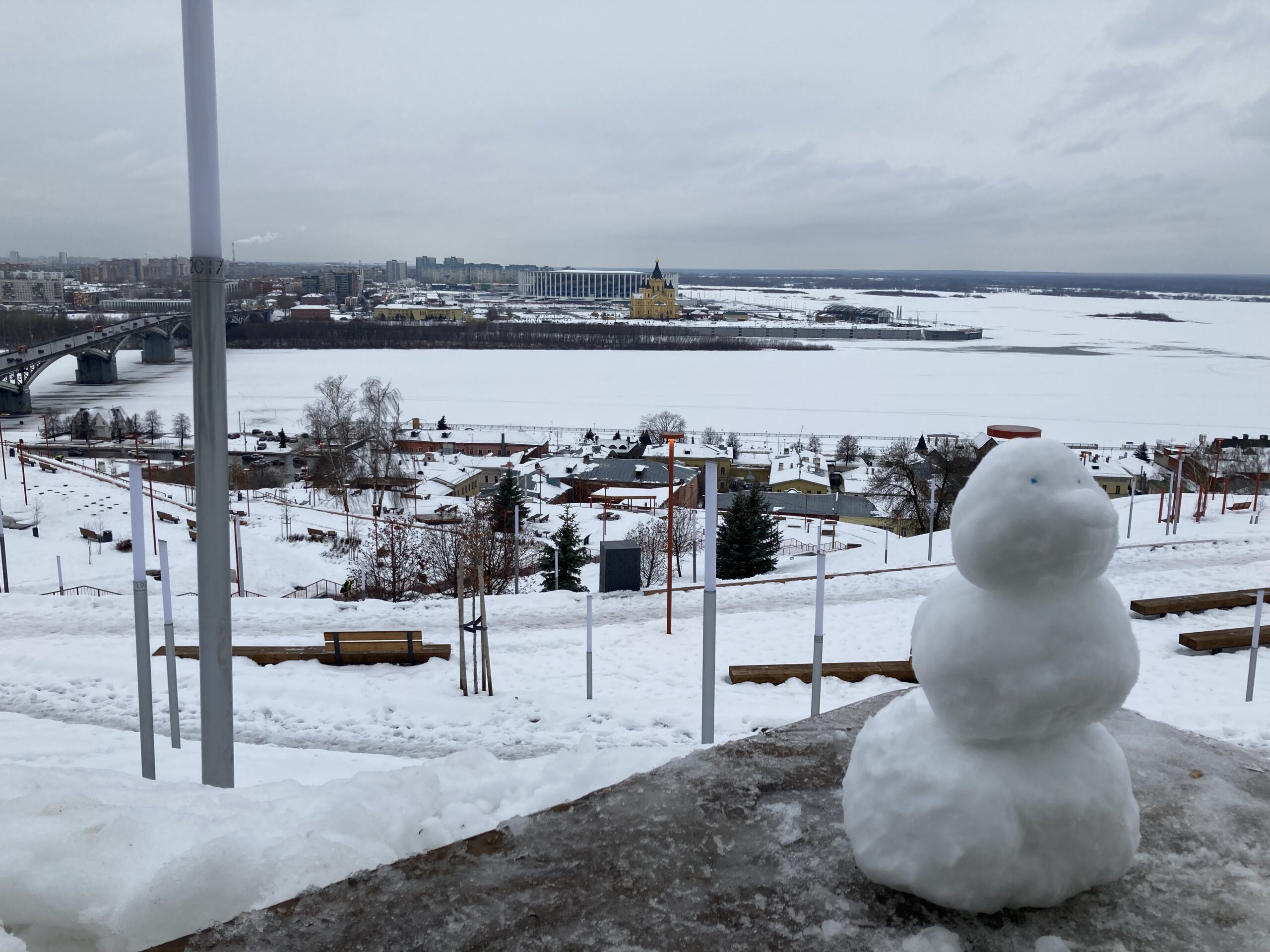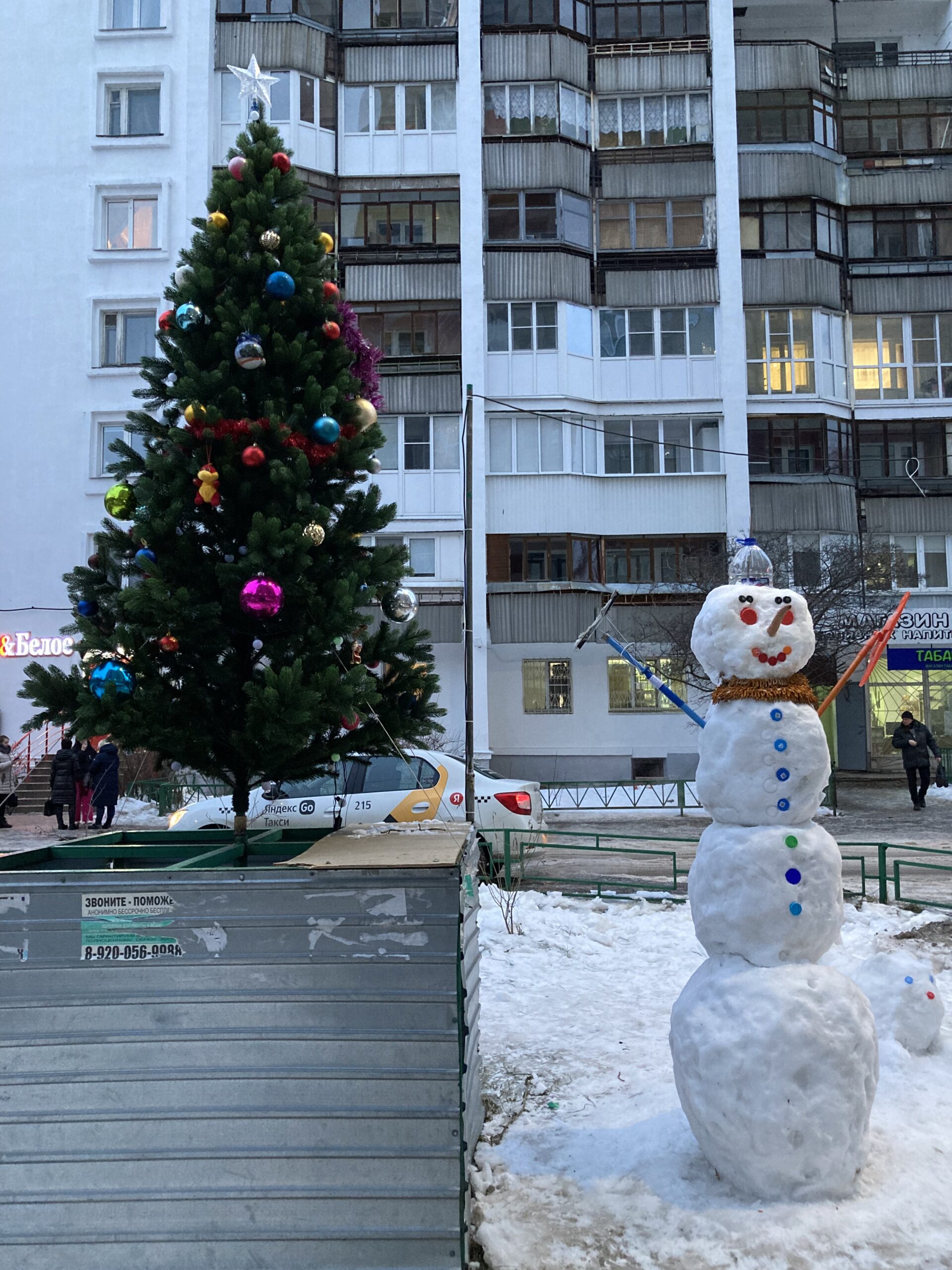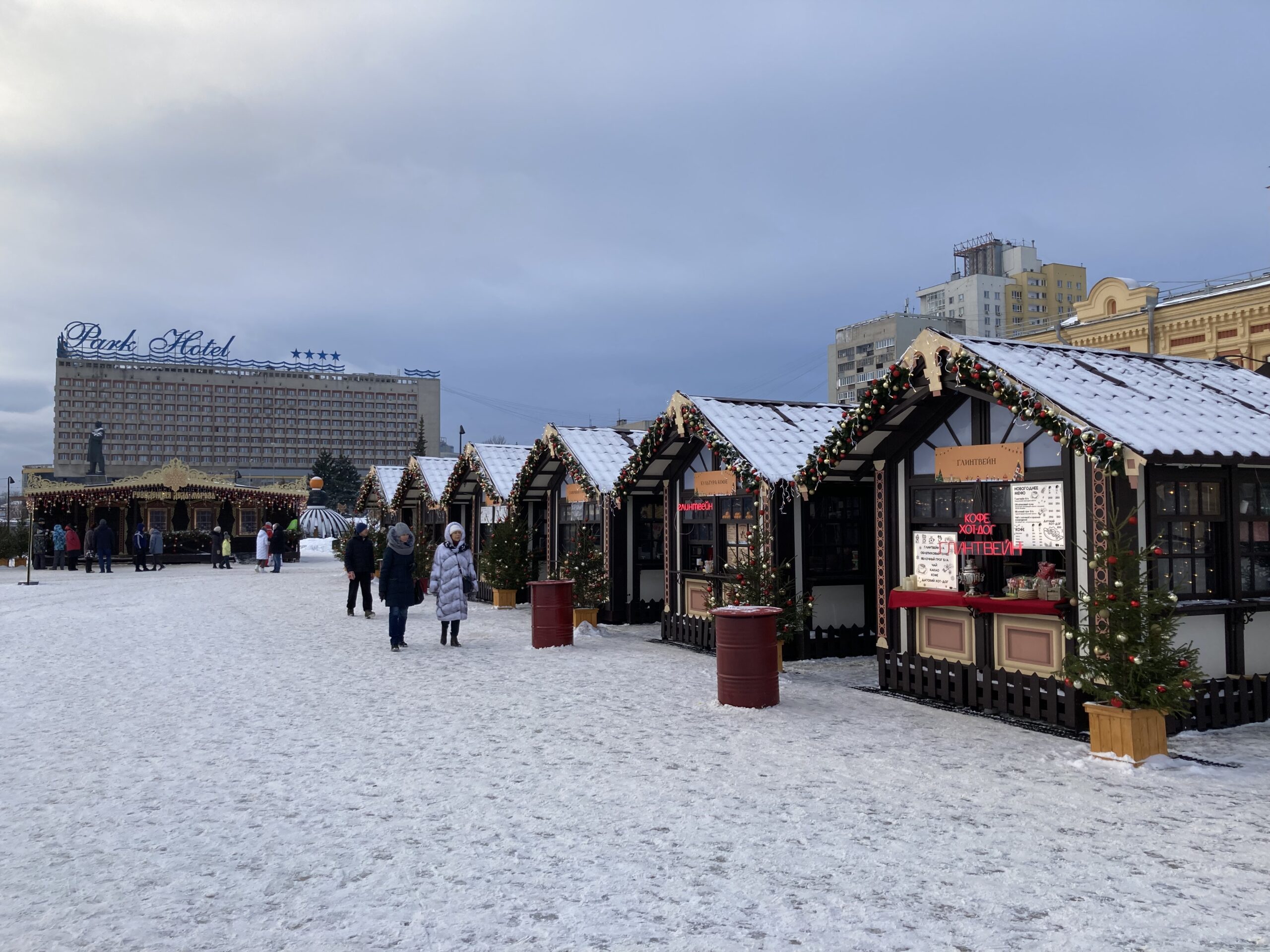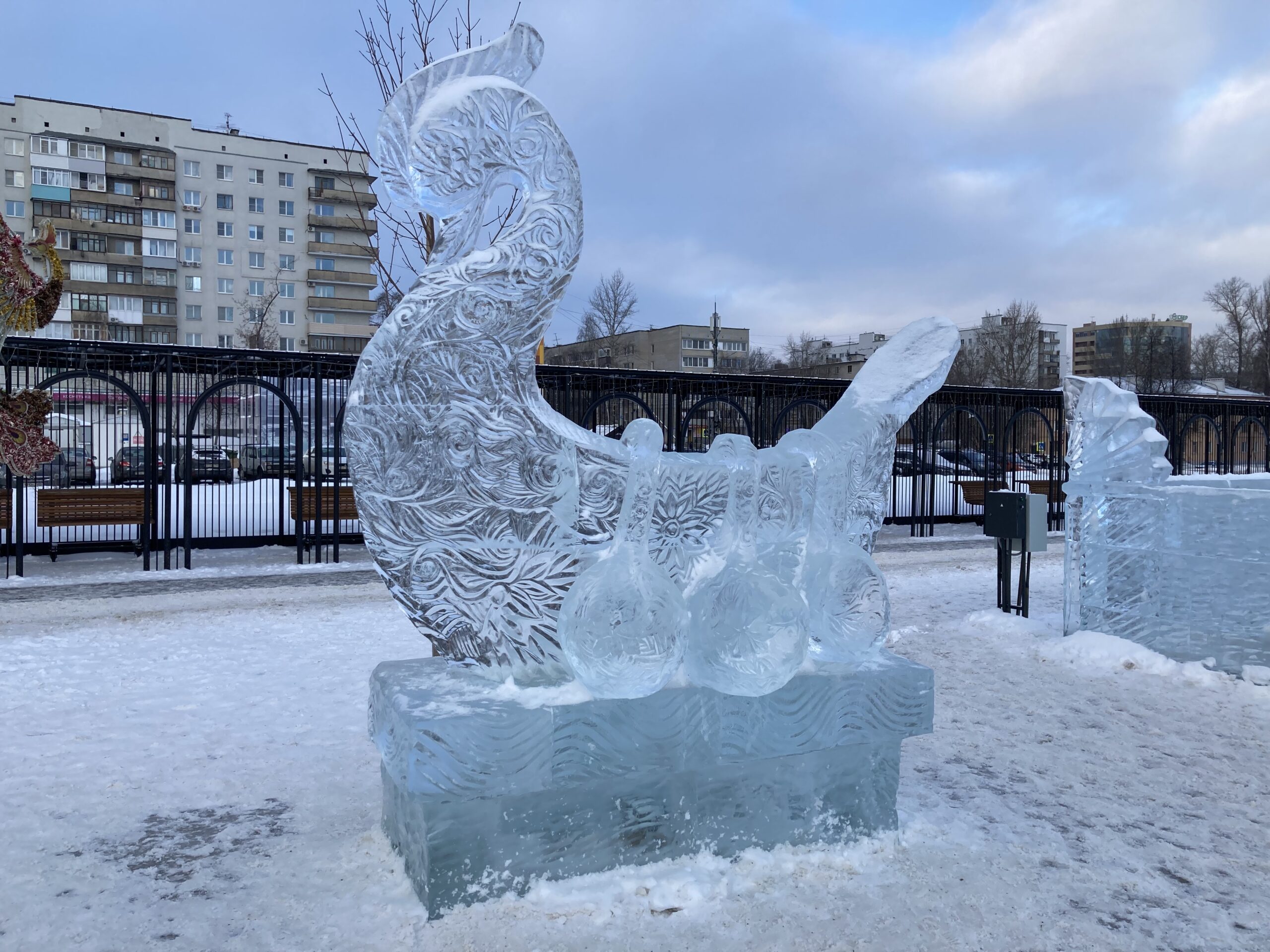It would not be an exaggeration if I said that hailing the New Year is the most crucial celebration for most Russians today. It also often means spending some serious family time. In that sense, one may argue that it sort of takes the place of Christmas that one may be familiar from Western/non-Orthodox countries. Though I did not really experience the “homey” and thus “original” version of the Russian New Year, in this short article, I want to share a few bits and pieces about it that I could observe during my time in Nizhny Novgorod.
A Tale of Two Calendars

A move from the Julian calendar to the Gregorian one when the Soviet regime was installed, ending the reign of the Russian Tsardom, meant that everyday Russians ended up having two Christmases and two New Years! This may sound bizarre at first but bear with me here. A switch to Gregorian calendar meant that all days of importance were moved by about 2 weeks vis-à-vis their previous dates. This means that the Old New Year is now observed on 14th of January whereas the Orthodox Christians celebrate Christmas on 7th of January. To be fair, none of these “old celebrations” are popular today, and the “new” New Year seems to have been accepted by heart by all cadres of the society over the last century. In short, although this somewhat recent change in calendars created a duality when it comes to telling when a certain holiday is, frankly speaking the more religious of the two (Christmas) does not take the centrepiece in Russia, and the New Year is celebrated in sync with the rest of the world with its older version only being observed by a few in small family-wide celebrations.
Coniferous Trees All Around

New Year (or Christmas for some) trees are ubiquitous in Russian towns of all types and sizes when December comes marching in. They are called “елка” and can be erected in central locations by the government or be put generously in many street corners by locals. Though a part of me wanted to stick to the gigantic trees that one can see in the city centre, I find it way more relevant to share this cute little example instead. Crowdfunded and beloved by all the drunk Ded Moroz (Russian Santa Claus) that one can see on the streets, they embody the love Russian people have for their extremely popular New Year celebrations.
Yarmarka

Of course, children are not forgotten when it comes to celebrating the New Year in Russia. After all, all schools are closed for a few days, and thus there arises a need to find some outdoors activities for the hordes of bored children that do not wish to stay at home. That is where the yarmarka (fair) comes into play. Filled to the brim with vendors selling hot chocolate (and for some reason hot-dogs instead of much better and local options like blini) and your standard fair attractions such as an ice-skating rink and a carousel, it offers a lot to children and parents alike.

Although it may be smarter to come to yarmarka at night, when it would be lit with colourful lights, I suppose there is merit in visiting it in the morning as well. It is far less crowded, and you can actually see the detail on all of the fantastic ice sculptures that ornate the area.
With that being said, and with my gin on the side already waiting for me to finish working for the day as I write down these words on the morning of New Year’s Eve, I wish you all a fantastic year when all your wishes can come true!
